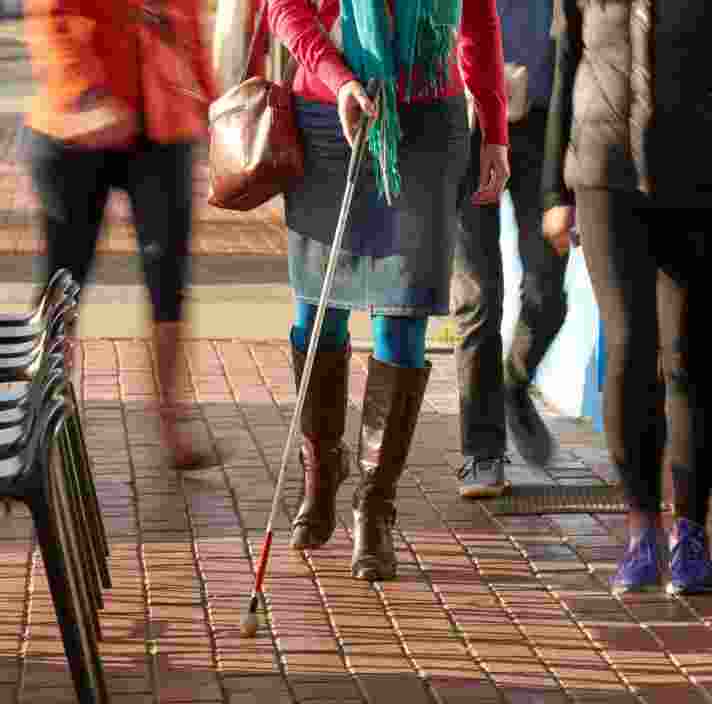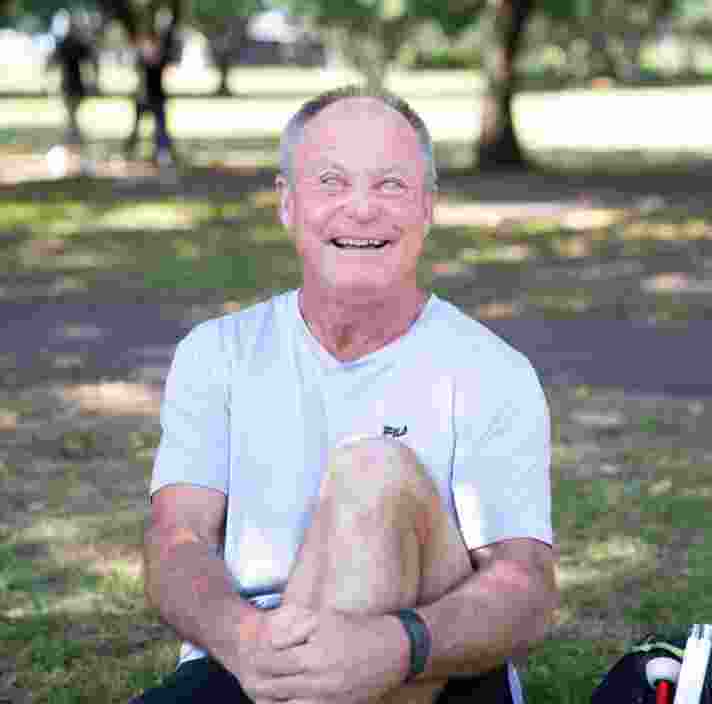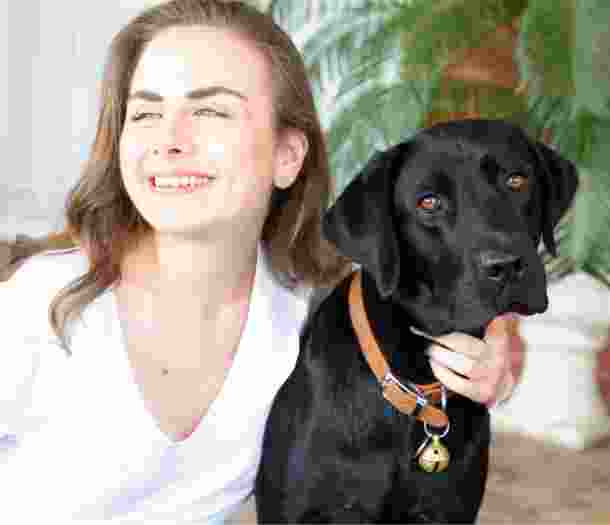On this page:
What is visual inattention?
A change in vision that can be associated with an Acquired Brain Injury.
If you experience a major neurological event such as an Acquired Brain Injury (ABI) – through a stroke, an injury to your head, or similar – you may experience a change in vision.
A change in vision that can be associated with an Acquired Brain Injury is called ‘visual inattention’.
If you have visual inattention, you may find it difficult to see everything at once. This usually becomes even more difficult if you’re tired, or if there is a lot to process visually. It can be difficult for you to know if you have visual inattention, because it might only affect you at certain times or in specific situations.

Understanding the effects
You may have difficulty seeing objects on one side of your body.
Many people who have visual inattention caused by an Acquired Brain Injury are not aware that they can’t see the full picture, which can pose a risk to their safety.
If you have visual inattention, you might have difficulty seeing objects on one side of your body. You may bump into stationary objects – like chairs, tables, or doorframes – while walking. Also, you may not feel confident crossing the road.
Some people experience both visual inattention and visual field loss after an Acquired Brain Injury.
How we can support you
Work side-by-side with us to live the way you want.
We’ve got the expertise and experience to support people with visual inattention.
With assessment and training programs – all carefully tailored to your unique story and situation – we can assist you to make the most of your vision and live as independently as possible.
Training is available at home or in the hospital, wherever you’re most comfortable.

How to find more information
Get in touch with us.
We welcome referrals from any health professional, carer, family member or friend.
Please ensure you have the consent of the person you would like to refer before requesting a service on their behalf.
To find further information about our Neurological Vision Service, and support for visual inattention, you can contact our Client Services team:
- Phone: 1800 757 738
- Email: support@guidedogs.org.au
- Request a service
Ready to continue?
Seems like you have filled this form earlier. Let’s pick up where you left off.

